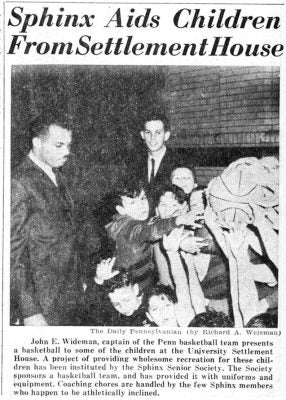
Some team members took active roles in student policy organizations. Senior Sidney I. Amira had represented his class by serving on the Freshman Council, sophomores Ed Temple Anderson and Frederick John Greene would later serve as Senior Class Vice President and Election Chairman of the Men’s Student government, respectively.
Some team members took active roles in student policy organizations. Senior Sidney I. Amira had represented his class by serving on the Freshman Council, sophomores Ed Temple Anderson and Frederick John Greene would later serve as Senior Class Vice President and Election Chairman of the Men’s Student government, respectively.
It would be easy to assume that like on many athletic teams, the smartest individuals on the team did not actually contribute to the success of the team. Yet in 1963, no such distinction was necessary. Wideman, Purdy, Strum and Amira, four players who excelled academically, composed a significant portion of the team’s core group, as defined by the 1963 Record. Wideman additionally led the team in scoring and was one of six players named to the all Big 5 team.
